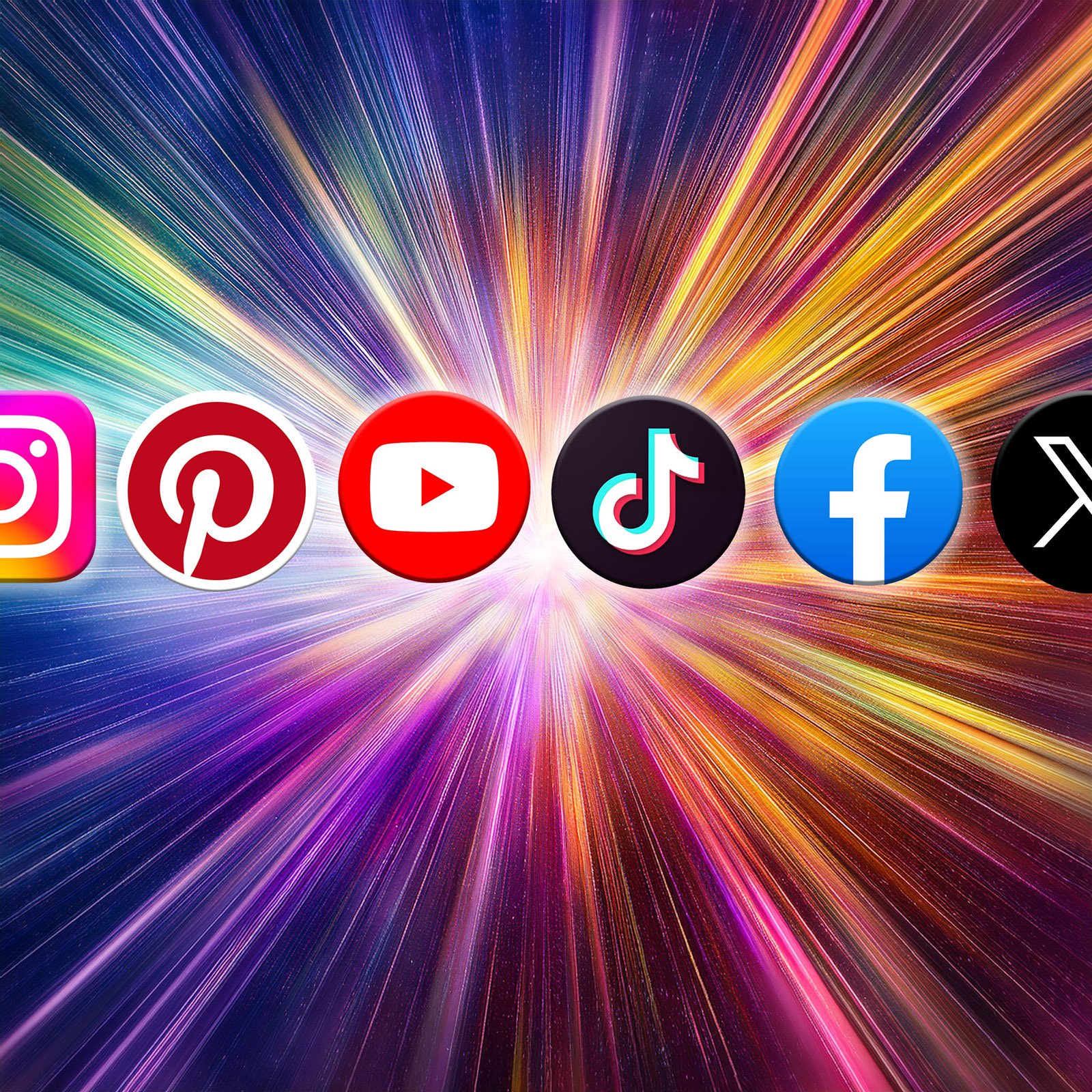The Truth About Passive Income: What You Need to Know to Succeed
What are the different types of passive income? Why is the concept so appealing, and how much truth is there behind the hype? Can you make passive income with blogging? Is it still possible to succeed in 2025, and if so, how? In this post, we’ll explore these questions, supported by key statistics.
🎧
Prefer to listen? This topic is also explored in an episode of the John Dawson Blogcast:

“If you don’t find a way to make money while you sleep, you will work until you die.”
Warren Buffett
Why Is Passive Income So Attractive?
It’s often described as the “holy grail” of financial freedom, and for good reason. With passive income, money keeps coming in whether you’re working or not.
A comfortable situation that offers a sense of security, and above all, the enviable opportunity to build your life around your own goals, with full independence, rather than around a fixed office schedule. Especially since many people are unhappy in their jobs and see this approach as a way to free themselves from it.
Thus, rather than constantly trading time for money, passive income — at least in theory — relies on a system where your past efforts, investments, or creations continue to generate value on their own. Which means you could earn more without doing more.
For example, if you run a blog, passive income comes from monetizing content you’ve already created, through methods such as:
• Advertising
Selling ad space on your blog via platforms like Google AdSense is one of the simplest ways to earn passive income, but results are modest unless you have substantial traffic. Ads can also annoy readers and affect the personality of your blog.
• Affiliate Marketing
Promoting products or services through affiliate links can be one of the smartest ways for new bloggers to start earning commissions while growing their audience. But once again, without substantial traffic, the income will remain negligible.
• Selling Digital Products
Includes eBooks, online courses, templates, and stock photos or music. This option requires upfront effort but can generate ongoing revenue with minimal maintenance. However, it’s most effective when you already have an audience and an email list. Plus, many markets are already crowded (like stock image sales) and without visibility or recognition, it’s difficult to sell a course, no matter how good it is.
• Sponsored Content
This refers to articles, posts, or other material that a brand or company pays the blogger to publish, often promoting a product, service, or idea. But unless you’re a celebrity or have built a sizable, engaged audience, it’s unlikely that sponsors will come knocking. In most cases, sponsored deals are negotiated once your platform has gained real traction.
• Subscription models
A subscription model for blogs is a monetization strategy where readers pay a recurring fee to access premium content, special features, or exclusive community benefits. When implemented successfully, it creates a more stable and predictable income stream by offering added value beyond the blog’s free content.
Different Types of Passive Income
Passive income can be categorized into different streams, including:
• Investment Income
Earnings from investments like dividends from stocks, interest from bonds, or real estate investment trusts (REITs). Stocks can be volatile, and dividend investing is a long-term strategy (typically 10+ years). This type of investment requires a “buy and hold” mindset: invest today, benefit later.

Ninety percent of all millionaires become so through owning real estate.
Andrew Carnegie
• Rental Income
Money earned from renting out property, equipment, or other assets. As mentioned earlier, rental income isn’t always passive: maintenance, property management, and tenant turnover require work.
• Royalty Income
Payments for intellectual property like books, music, patents, or licensed images. A great option if you can make it happen, but highly competitive and unpredictable.
• Digital Products
From printable planners to niche-specific online courses, digital products come in many forms, and once created, they can be sold again and again. The key is to offer something useful, well-packaged, and easy to deliver automatically. One of the biggest advantages is scalability: whether you sell one or 1,000 copies, the cost stays the same. For creators looking to build income beyond client work or freelancing, it’s a powerful model… if you can drive traffic.
Everyone Wants a Piece of the Pie

Key statistics
A study by Louisa Zhou on side hustles found that:
- In 2024 in the US, 46% of individuals started a side hustle to earn passive income.
- 50% of millennials have a side hustle, compared to 70% of Gen Zs. Younger generations are driving the trend.
- The average side hustle income is $685 per month, with less than 5% making over $10,000 per month.
- People who dedicate at least 12 hours per week to their side hustle earn a median of $1,122 per month.
- 2 out of 3 full-time independent workers believe they have more security than traditional employees.
- Most people work on side hustles in the evening or on weekends, and almost half of side hustlers sacrifice time with friends and family.
This data shows that more and more people are pursuing this path, which means competition is growing too. Nearly half of these independent workers earn very little (around $500 per month). If you want to earn more, you’ll need to dedicate at least ten hours a week to it.
As a result, a side project will inevitably put pressure on your personal life. If you’re thinking about getting started while keeping your job, be prepared: this kind of activity can eat up a large portion of your free time.
Can You Really Succeed? And If So, How?
While passive income sounds great, the reality is:
• It Requires an Initial Effort
Setting up sources of passive income takes time. In the case of a blog, you need to create content — which can mean months of unpaid work — generate traffic through various strategies (which also require a significant investment of time and effort), and sometimes invest money upfront.

• Some Streams Require Maintenance
Rental properties? Need management. Digital products? Need updates. Affiliate marketing? Needs constant traffic.
• Not Everyone Succeeds
Market trends and evolution, skills, instinct, talent, effort, persistence, and luck all play a role. This isn’t a get-rich-quick system. It’s a long-term investment, with no guarantees.
No matter the field you choose to pursue: stock market investing, real estate, or creating online content, building passive income will be a long and difficult process. For the vast majority of people, the promise of fast, easy, recurring income is just a myth. Every sector is highly competitive and demands sharp professional skills. If you’re just starting out, expect to spend at least a few months learning and experimenting.
That said, with the right effort and knowledge, passive income is still within reach for most people. For someone who enjoys creating online content, for instance, it’s an opportunity to turn their passion into profit — while keeping full creative control. Most successful bloggers started small. Their secret? Stick to the plan. Stay consistent. And keep building. Over time, a blog can become a real way to earn a living.
Passive Income FAQ
Sources:
- Louisa Zhou, “2025 Side Hustle Statistics: Who’s Earning What and Why,” LuisaZhou.com, 2025.
- Investopedia, “What Is Passive Income?” https://www.investopedia.com/terms/p/passiveincome.asp
- Forbes, “Passive Income Ideas: 10 Strategies to Earn Money in 2024.”
- Shopify Blog, “27 Passive Income Ideas for 2024.”
- Pew Research Center, “Gig Work, Online Selling and Home Sharing,” 2022.
Great to have you here! Feel free to leave your thoughts in the comments.
Hi, I’m John Dawson, the creator of DawsonDecoded. Whether you’re here to start a blog, explore new ways to earn online, or rethink your career path, I hope you’ll find something useful, and maybe even inspiring.
Want honest insights on blogging, online income, and simple tools to build something of your own?
Subscribe and get new posts delivered straight to your inbox. No spam, just the good stuff.
Content Creation vs Lottery: Which Is the Smarter Bet?
Why blog instead of buying lottery tickets? Because the odds and the long-term payoff make content creation a far smarter bet for financial success.
Pinterest for Bloggers: Why It’s the Best Platform to Grow Your Blog in 2025
Pinterest is still one of the best ways to grow blog traffic in 2025. Here’s how to use it to get steady visitors for months, even years after posting.
Are Influencer Courses Still Worth It in 2025, or Just Built on Yesterday’s Internet?
Online courses promise to teach you how to make money as a creator. But in 2025, are they worth it or just selling outdated methods?
Can You Really Make Passive Income with Stock Photography in 2025?
Can you really earn passive income selling stock photos? I tested it myself. Here’s what the reality looks like and what it takes to make it work.
What are the best social media platforms to drive traffic to your blog in 2025?
Which social platform is best for growing a blog? Here’s a breakdown of the main networks: their audiences, strengths, and weaknesses.







Leave a Reply